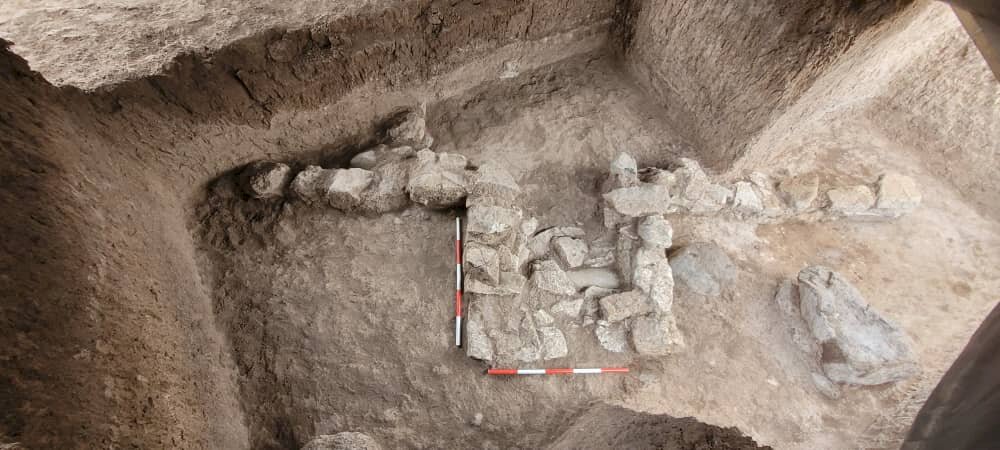Archaeologists resume work at Iron Age site northwest Iran

TEHRAN – Archaeological excavations at the Iron Age site of Qareh Hasanlu in northwestern Ardabil province, which started recently, will continue for another two weeks, the deputy provincial tourism chief has said.
The project is aimed to safeguard and protect the historical site against further destruction, CHTN quoted Seyyed Ruhollah Mohammadi as saying on Sunday.
As part of the project, it seeks to discover and identify comprehensive information on possible cultural layers in the area, as well as obtaining more information about its Iron Age settlements, the official added.
Archaeological studies are carried out in the historical site to determine the cultural sequence, historical reconstruction, and recognition of ancient civilizations, he noted.
Iron Age is the final technological and cultural stage in the Stone–Bronze–Iron Age sequence. The date of the full Iron Age, in which this metal, for the most part, replaced bronze in implements and weapons, varied geographically, beginning in the Middle East and southeastern Europe about 1200 BC but in China not until about 600 BC, according to the Encyclopedia Britannica.
In Iran, the term Iron Age is employed to identify a cultural change that occurred centuries earlier than the time accorded its use elsewhere in the Near East, and not to acknowledge the introduction of new metal technology
As mentioned by Encyclopedia Iranica, Iron artifacts were unknown in Iran until the 9th century BC (the cultural period labeled Iron Age II), centuries after the phase designated as Iron Age I came into existence.
Iranian sites with levels identified as dating to the Iron Age were first excavated in western Iran at Sialk, and later in northwestern Iran around the west, east, and south shores of Lake Urmia, close to the Zagros mountains bordering Mesopotamia and Anatolia. These sites remain to date the best-documented full-range Iron Age sites in western Iran.
Sprawling on a high, windswept plateau, Ardabil is well-known for having lush natural beauties, hospitable people, and its silk and carpet trade tradition. It is also home to the UNESCO-registered Sheikh Safi al-Din Khanegah and Shrine Ensemble.
The province is freezing in winter and mild in summer, attracting thousands every year. The capital city of Ardebil is usually recorded as one of the coldest cities in the country in winter.
ABU/AFM
